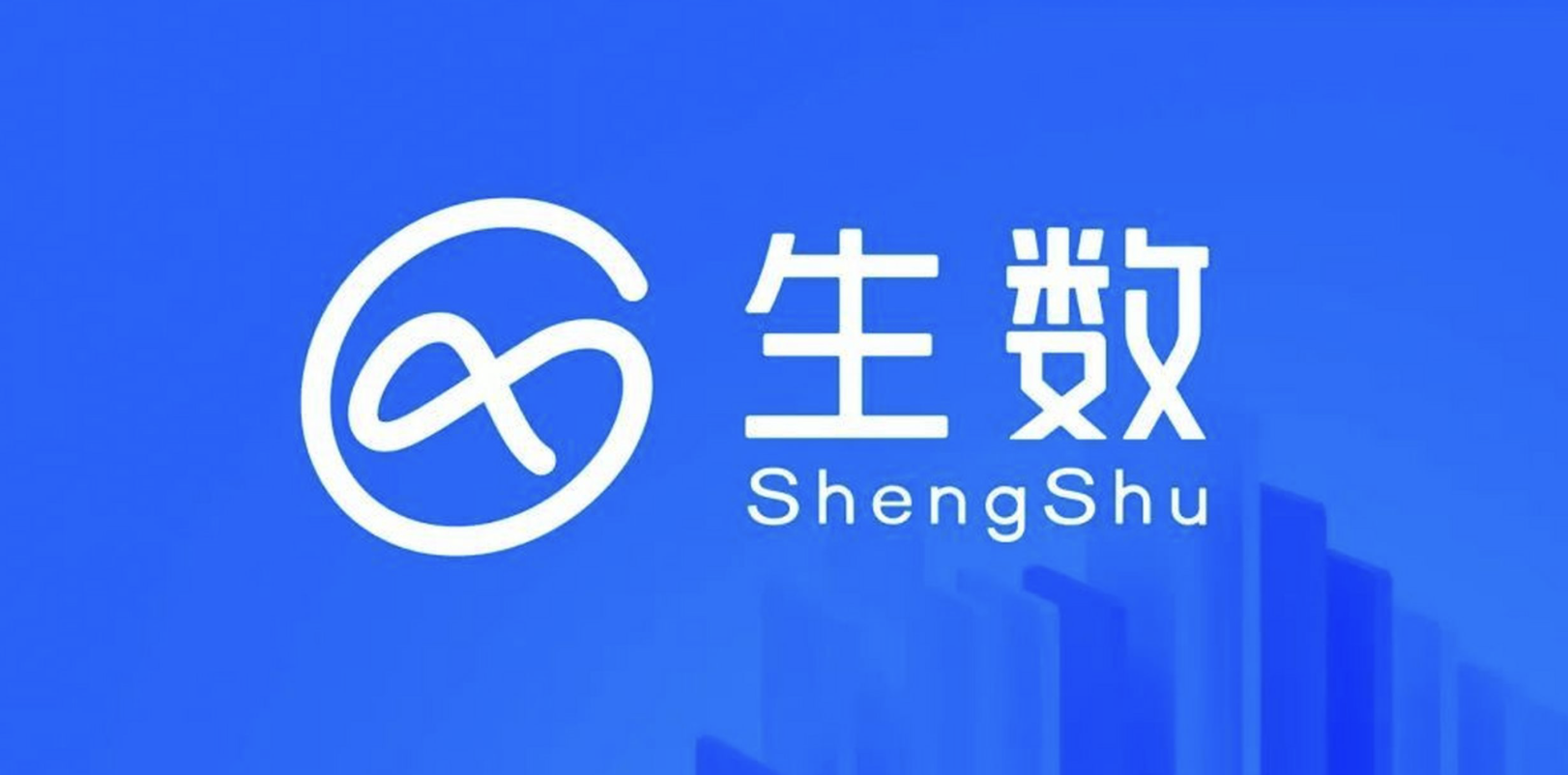In this age of information overload, knowing how to capture and organize ideas and thoughts is an essential skill. Note-taking helps you grasp the key points and details from a lecture or meeting so you don’t miss anything important.
Many tools and techniques can help you capture all the crucial bits, make sense of them later, and share them with others.
In this blog post, you’ll explore five effective note-taking methods, their pros and cons, and figure out which is best for you. We’ve also got some templates that’ll make note-taking easier!
Let’s start. ✍️
5 Effective Note-Taking Methods for Different Use Cases (With Examples & Templates)
5 Popular Types of Note-Taking Methods
You’ll find that different note-taking methods can be useful for different situations, so knowing more than one way of taking notes is helpful. Let’s look at five of the most effective note-taking strategies. 👇
Method 1: The outline method
The outline method is a classic hierarchical structure like a family tree for ideas.
This note-taking method places the main idea at the top, with supporting details or topics listed below. It creates a logical flow of information between different levels. It’s perfect for organizing lectures or presentations with clear structures.
✨Ideal for
- Making lecture notes on subjects that have clear main ideas and supporting details (e.g., history, science)
- Breaking down a complex process into simpler, related steps
.✅Pros
- Visually structured and easy to follow
- Clarifies the relationship between a topic and sub-topics
- Can be used for live note-taking as well as reviews
- Encourages active listening as you must identify the key points
⛔Cons
- Might overwhelm if there’s a large number of points and their sub-topics to cover
- Could miss nuances if the hierarchy between points isn’t clear
- May not be suitable for complex ideas where extensive explanations are required
Example of the outline method of taking notes
Let’s say you’re making notes as somebody describes the principles of business management. Here’s how the outline method of notes will appear, with each point leading to its own sub-topics.
Topic: Business Management Principles
- Planning
- Setting goals and objectives
- Developing strategies
- Organizing
- Allocating resources
- Setting up teams
- Delegating responsibilities
- Leading
- Motivating people
- Communicating effectively
- Controlling
- Tracking performance
- Monitoring outcomes and updating strategies
- Decision-making
- Identifying courses of action
- Analyzing risks and resource requirements
- Deciding the best way forward
Class Notes Template is the perfect note-taking template to keep your class notes, subjects, and assignments organized in one place! You can conveniently use this template with the outline method of note-taking.
No need to juggle syllabi, lecture notes, and assignments. This notes template keeps your class notes organized by subject, making studying a breeze.
No more lost printouts or cluttered folders, just organized notes.
Method 2: The mind mapping method
This is a visual note-taking method. Start with a central topic in the middle of the page. From there, related ideas or subtopics branch out in all directions, forming a network of interconnected concepts.
Each branch may have further sub-branches, and keywords or short phrases are used to label each idea.
The mind mapping method is very visually stimulating. You can add images, colors, and symbols to make your mind map appealing.


✨Ideal for
- Situations or subjects where you must see how different ideas connect, such as while solving a problem
- People who identify as visual learners
- Brainstorming sessions where many ideas can be covered
.✅Pros
- Allows a free-flowing thought process
- Helps visualize complex ideas and makes it easier to recall information
- Flexible enough to apply to different types of notes, such as planning, processes, concepts, etc.
⛔Cons
- Can become cluttered quickly if there are many branches and sub-topics
- Requires more time compared to other methods of taking notes
- Might not work for linear topics or ideas that must be organized strictly
Example of the mind mapping method of note-taking:
Let’s look at how notes for a website rebrand project could show up in the mind mapping method.


This mind map starts with the central topic, ‘Website Rebrand: New Copy & Design.’
From there, it branches out into three main areas: ‘Brand Identity,’ ‘Copywriting Strategy,’ and ‘Target Audience.’ These main branches are divided into sub-branches, allowing for detailed planning and organization.
For instance, under ‘Brand Identity,’ we have ‘Brand Voice’ with sub-points of ‘Casual and friendly’ and ‘Professional and trustworthy.’ Similarly, ‘Copywriting Strategy’ has sub-branches for different website sections, like ‘Homepage’ and ‘About Us,’ each with specific content ideas.
By visually mapping out these interconnected ideas, you can see how different aspects of the rebrand relate to each other. It’s a great way to organize thoughts, brainstorm new ideas, and ensure that all elements of the website rebrand are cohesive and well-planned.
Method 3: The charting method
If you love comparisons, the charting note-taking method is for you. It looks like a table format with columns for different categories and rows for information.
This method is especially useful for organizing large amounts of information in a way that makes patterns, comparisons, and differences easy to identify.
✨Ideal for
- Comparing different types of information
- Subjects or topics where you can categorize information into groups and compare each on various parameters
- Creating a systematic overview of facts, data, events, etc.
.✅Pros
- Helps to organize and understand large amounts of information
- Useful for comparing options and related points, organizing data, and spotting patterns
- Lets you compare and contrast information across categories
- Offers a clear visual layout that makes study or review easy
⛔Cons
- Takes time to set up, especially where there is a lot of different kinds of information
- Might not work for abstract concepts
- Not ideal if you want to add a lot of detail to each point
Example of the charting method of note-taking
Say you want to compare the performance of two marketing campaigns or channels.
Create a table with marketing channels (social media, email) as columns and tactics (Facebook ads, newsletter) as rows. Fill it in with costs, reach, and leads for each tactic.
Here’s the table for comparing marketing campaigns using the charting note-taking method:
| Marketing Channels | Social Media | |
| Tactics | Facebook Ads | Newsletter |
| Costs | $500 | $300 |
| Reach | 10,000 | 5,000 |
| Leads | 200 | 150 |
This side-by-side view lets you compare channels and optimize your campaign for the most leads at the lowest cost.
It helps you compare options and related points, organize data, and spot patterns.
Method 4: The Cornell method
The Cornell note-taking method is a popular and structured format that compartmentalizes your note-taking. It is perfect for situations where you must engage and understand critical material.
It promotes active memory recall—that fancy term for retrieving information from your memory—which is much more effective than simply re-reading your notes passively.
🧠Did You Know? The Cornell method was developed in the 1950s by Walter Pauk, an educator at Cornell University.
It starts by dividing your page into three sections:
Note-taking column on the right: This is the widest column on your page. In this section, you capture the main ideas, facts, and key points from, say, a lecture or meeting. Use bullet points and short sentences to keep things concise
Cue column on the left: After reviewing your notes, jot down keywords, questions, or cues here in a narrow column. This will help you recall the information later
Summary section at the bottom: This is where you write a brief summary of your notes to solidify your understanding and quickly grasp the overall takeaway. Doing this in a review section after the session helps to reinforce your learning
✨Ideal for
- Reviewing and digesting large amounts of information
- Organizing notes systematically for better understanding and recall
- Information with clear topics and sub-topics, such as business or science
.✅Pros
- Helps to identify important information quickly for easy review and retrieval
- Encourages active learning as you have to write summaries and questions
- Suitable for both note-taking and later reviews
⛔Cons
- Might need some practice to get right
- Formatting can take some time, especially if you’re sitting in a lengthy lecture or meeting
- Not suitable for subjects that are less structured and more narrative in nature
Example of the Cornell method:
| Cue Column | Note-Taking Area |
|---|---|
| Key Term: Leadership | Leadership involves guiding, motivating, and influencing a team towards a common goal. Key traits include vision, communication, and decisiveness. |
| Question: What are the types of leadership? | 1. Autocratic: Leader makes decisions alone. 2. Democratic: Group decision-making. 3. Laissez-faire: Minimal interference from the leader |
| Key Term: Motivation | Motivation can be intrinsic (driven by internal factors like passion) or extrinsic (driven by external rewards). Theories include Maslow’s Hierarchy of Needs and Herzberg’s Two-Factor Theory |
Summary (Bottom Section):
Leadership is essential in guiding teams, and understanding different leadership styles (autocratic, democratic, laissez-faire) helps managers choose the right approach for their teams. Motivation can either be intrinsic or extrinsic, and various theories explain how to foster motivation in employees.
’s Cornell Note Template is designed to help you keep track of and organize your notes.
Your note-taking system gets a digital upgrade with this notes template from . Organize notes, summarize key points, and set reminders—all in one place.
From meetings to project goals, the Cornell method has got you covered. It’s an effective note-taking technique if you prefer structure.
Method 5: The sentence method
The sentence method of note-taking is straightforward and concise. It’s about capturing each point or detail in complete sentences without using bullet points, abbreviations, or symbols.
With the sentence method, your notes naturally follow the order of the information shared, creating a mini-transcript of the meeting.
It’s a no-frills approach, focusing on clear and complete sentences to record what’s being discussed. Afterward, the notes can be reviewed and organized by identifying themes or main ideas.
✨Ideal for
- Fast-paced live sessions, where you record every detail exactly as it’s presented
- Situations where information has to be recorded verbatim
- Individuals who prefer to write everything down for clarity and organize the information later
.✅Pros
- A quick and easy method to take notes
- Doesn’t require pre-organizing the material
- Captures detailed information for complete clarity
- Works well for people who learn by writing things down in detail
⛔Cons
- Can lead to a lot of unorganized information, which will have to be processed later
- Unstructured, making it hard to identify key points or the relationship between concepts
- Needs more time during review to organize the notes and pick out the main ideas
Example of the sentence method:
Project Meeting Notes – Website rebrand project
- We discussed the project timeline and milestones. The first milestone is the completion of the website prototype by May 5.
- The second milestone is the launch of the marketing campaign by June 1
- We reviewed budget updates. Current budget is $50,000. Expenses so far total $20,000
- Team roles were assigned. Sarah is responsible for Design. Mark is handling Development. Alex is in charge of Marketing
’s Meeting Notes Template ensures productive and well-documented team meetings with guidelines, agenda, notes, and action items, ensuring daily standups and detailed weekly meetings are well-documented.
The meeting notes template provides a structured framework for capturing agendas, notes, and action items.
It works for lecture notes, as well as notes from detailed weekly team meetings and quick daily standups.
🧠Did You Know: Note-taking leads to 13% higher test achievement than not taking notes.
Now that you’ve got a hold of the best note-taking methods let’s talk about note-taking apps and tools that can help you find the right one for your use case.
Let’s go! 🧰
1. Docs
Use Docs as your digital workspace for structured note-taking and document creation. You can organize your notes using headings and rich text formatting and even add images and links. 📝
It allows you to list key points from your research in bullet points, include quotes from experts, and even link to helpful resources.
Docs can adapt to any of the five note-taking methods we discussed. Plus, if you have any actions to take based on your notes, you can turn them into tasks in right there. Moreover, you can share your notes with anybody with a secure link.


A big point in favor of Docs is that Brain, the integrated AI, can help you do more with your notes. Here’s how.
- Brainstorming: Brain can spark creativity by suggesting ideas to get those brainstorming sessions rolling
- Creating action items: Brain helps you convert essential takeaways from your notes into actionable tasks within . No more scrambling to remember what needs to be done next
- Summarizing notes: Brain can produce concise summaries of your notes, allowing you to quickly grasp the main points without having to re-read everything
2. Notepad
As we discussed before, sometimes you just need a simple and fuss-free space to capture quick-flowing thoughts or brainstorm ideas. Just open Notepad and quickly jot them down!


Notepad is an online sticky note, ideal for those moments when inspiration strikes.
How to Choose the Best Note-Taking Methods for Your Needs
There is no one perfect note-taking method; each is suitable for different situations. The best one for you depends on your learning style, the information you’re collecting, and why you’re recording it.
Here’s what you need to keep in mind when picking a note-taking method:
1. Your learning style
If you learn best through visuals like pictures and diagrams, note-taking methods like mind mapping might be your jam.
On the other hand, if you’re more of a linear thinker who likes things neat and organized, traditional outlining or bullet points might suit you better.
2. The type of information you’re dealing with
You’re likely focusing on quick updates and action items when jotting down notes during a meeting or lecture.
Conversely, brainstorming for a new project involves gathering many creative ideas. Here, you’re looking to capture a wide range of thoughts without worrying too much about structure.
The preferred note-taking methods for these different kinds of information could well be different.
3. Your purpose
The purpose of the notes shapes the method you need to use.
If you are taking notes to keep track of action items from a meeting, you will focus on capturing to-dos, deadlines, and responsibilities. Bullet points or a to-do list format would work well for this purpose.
On the other hand, if the notes were for personal reflections, you might use a more narrative or free-form style. This could involve writing down thoughts, feelings, and observations in a journal-like way, allowing for exploring ideas without worrying about structure or specific tasks.
💡Tips for picking the perfect note-taking method for your situation
For brainstorming: The mind mapping method allows ideas to flow freely and spark connections between them. Picture it as a spiderweb, with your central idea anchoring everything. It’s the ideal tool for capturing your creativity
For meetings or lectures: The Cornell or outline note-taking method helps you organize and track the main concepts, ideas, and critical decisions clearly. Like a bulleted list, it ensures nothing gets lost in the discussion. If you need a more advanced solution, you can try some AI tools for meeting notes to help you out
For journaling: The sentence and outline note-taking methods work best for journaling. If you are always on the move and like to journal between your daily tasks, you can use either of these methods to pen your thoughts using digital journal apps
For everything in between: Try mind maps or use the sentence note-taking method using Notepad to capture your thoughts and ideas. This feature is like a digital sticky note where you can note all your sudden bursts of inspiration
Maximize Your Note-Taking Efficiency With
By selecting the note-taking methods most suitable to your needs, you can work and study more efficiently.
If you struggle to manage notes, ’s powerful tools make note-taking easy. Apart from the pre-built note-taking templates, Docs lets you create and organize your notes in your preferred style.
Notepad provides a convenient space for quick notes on ideas, tasks, and reminders. Moreover, Brain saves you time and effort in organizing and summarizing all your notes and taking action based on them.
Sign up to for free today and try your favorite note-taking method.


Everything you need to stay organized and get work done.














